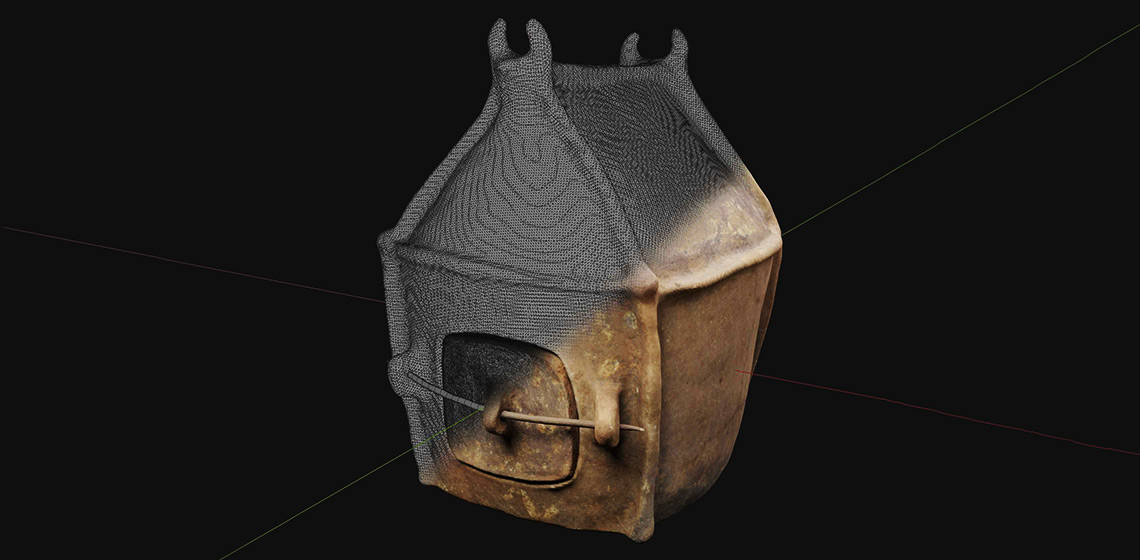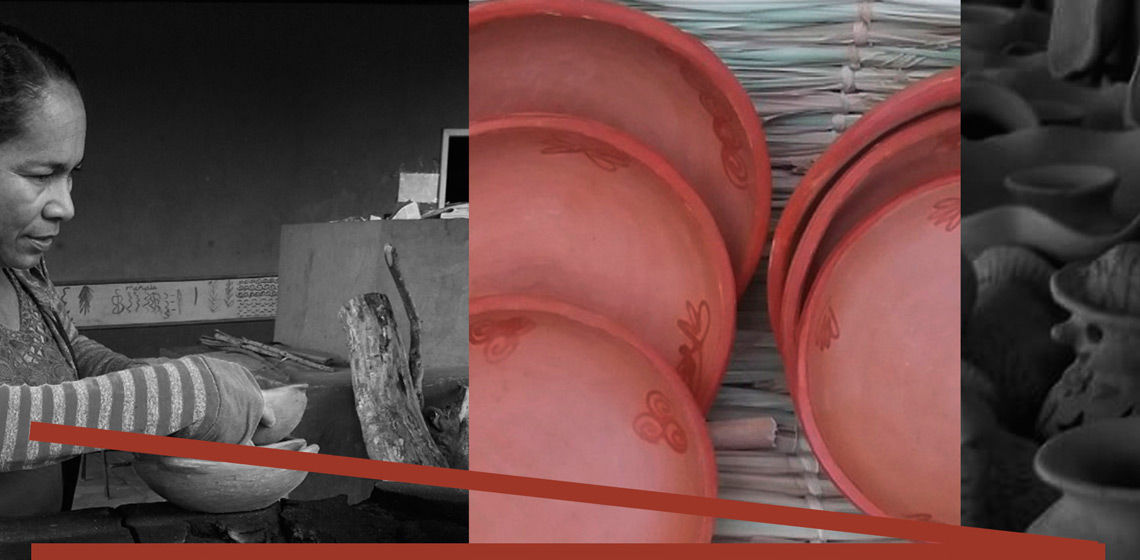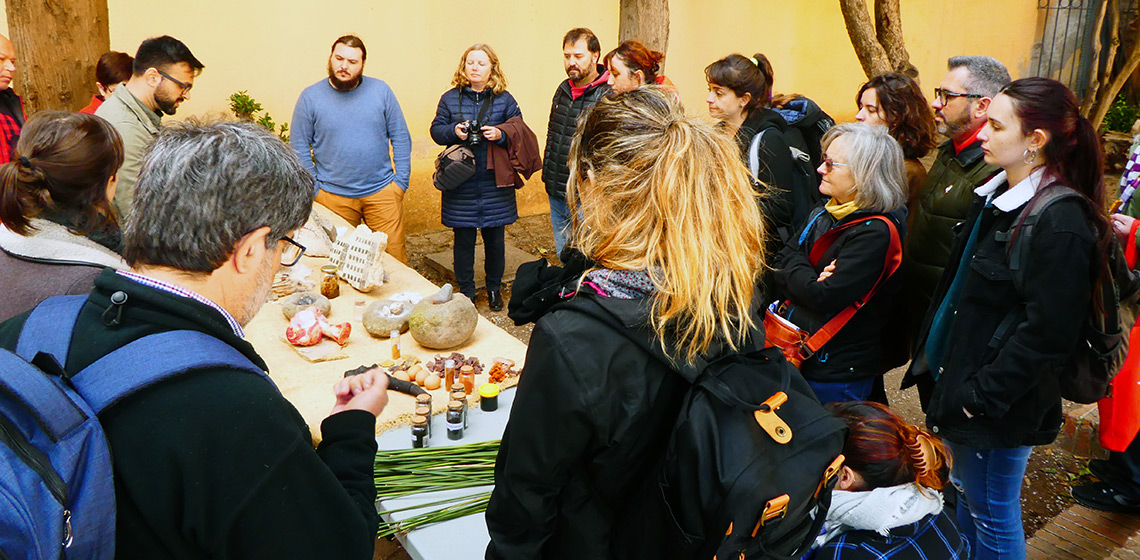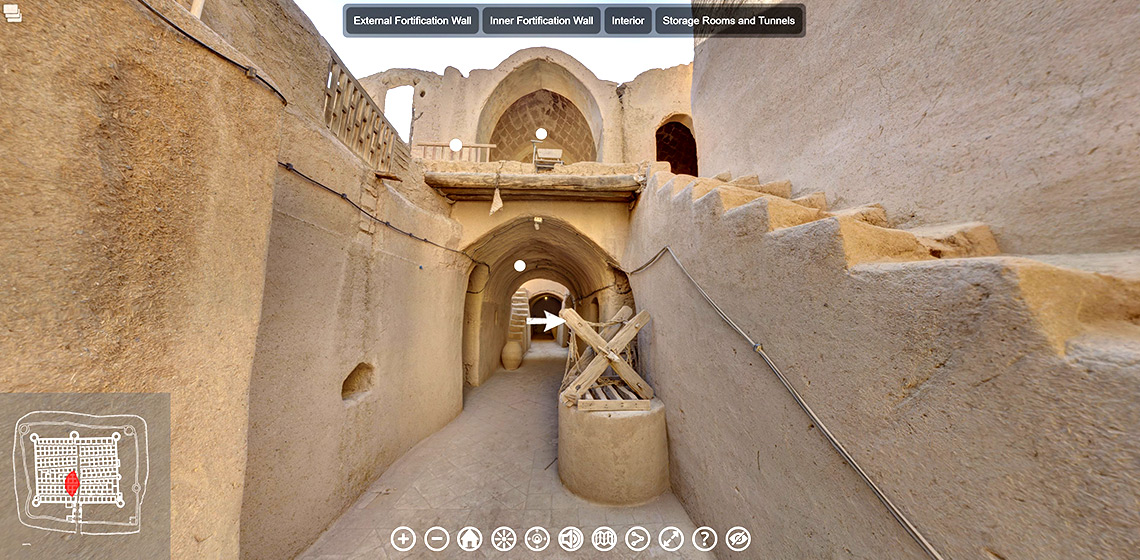NGO "Chorna Galych" (UA)
Chorna Halych is a public organization that unites professional and amateur historians, artists, craftspeople and people who are interested in the medieval history and culture of Ukraine, and its role and place in the European area. Therefore, we are engaged in research, recreation and implementation of everyday life, cuisine, art, crafts and military matters of the Galician and Volyn lands of the Kingdom of Rus in the 13th and 14th centuries. The main tasks of the organization are social development and education.
Large part of our activity is interaction with youth, increasing their level of interest in history by involving them in interactive classes and training in medieval swordplay.
We present our activity mainly with lectures, interactive lessons of living history, thematic events that take place in educational institutions or archaeological (open-air) museums.
Crafts and areas in which Chorna Halych members take part at:









